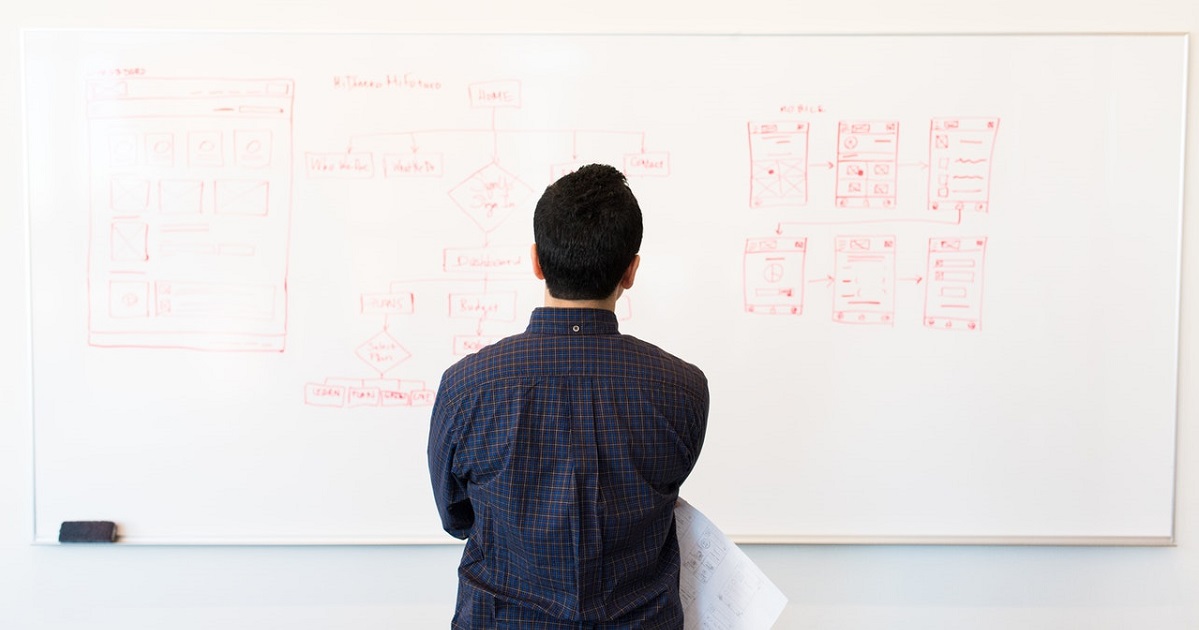
The use of interactive whiteboards in education has been slowly growing in the United States.
At first, new users of interactive whiteboards in education may be a little unsure as to how to incorporate this technology into their lesson plans. Below are a few ideas that new or less technologically savvy teachers may find useful when incorporating interactive whiteboards into their K-12 technology toolbox.
Educational games
Interactive whiteboards offer an excellent format for playing educational games in a classroom. The big screens can be seen by the entire class, and students enjoy playing these games in this large format. In addition, studies, including one published by Georgetown University in 2010, show that children learn better when they interact with content versus just viewing it.
Fortunately, teachers don’t have to spend a lot of money to purchase educational games, as a number of websites including PBS Kids and History.com, offer free interactive games that can be used on classroom whiteboards.
Voting
Some schools have purchased handheld voting devices to go with their whiteboards, which allow students to vote on what they believe is the right answer to a question. The number of votes for each answer is then shown on the board, and the teacher can inform the class whether the majority of students have voted correctly or incorrectly. According to Educational Leadership, a study showed that when students used these voting devices while learning, there was a 26 percent rise in student achievement.
Videos
Interactive whiteboards are also an excellent tool for showcasing videos. One of the best ways for teachers to utilize videos is to include pertinent ones in the middle of a lesson plan. A teacher then just needs to play the video at the appropriate time to illustrate a concept or to enhance the curriculum.
Visual aids
Teachers can use creative graphs and maps to enhance their lessons on a whiteboard. The best types of visual aids are ones that move or are interesting to look at. However, using too many of these visual aids can become overwhelming to some students. When this happens, the aids may lose their impact.
Showcasing student work
Another way that many teachers like to use interactive whiteboards in education is to have students showcase their projects. For instance, some teachers will assign students a PowerPoint project on the Civil War. The students can then show what they have learned thus far in their K-12 technology classes by creating detailed slide shows that they can play for the class on the whiteboard.
Substitute teachers
Some teachers who know that they will be out of their classroom will create lesson plans on their interactive whiteboards so that the substitute teacher can present the lesson plan. This allows students to get the substance of what their teacher had planned to teach that day better than if the teacher had merely handwritten an outline of the lesson plan for the substitute to use.
Teaching is still important
As with any technological tool, interactive whiteboards are only as good as the teacher who uses them. If these whiteboards are used as a babysitter, only to show videos or to play games without any reinforcing instruction, they won’t be any more use educationally than a simple television.
If, on the other hand, a teacher takes the time to create thoughtful and engaging lesson plans on the whiteboard that are supported by interesting videos and games, students will gain a lot of knowledge from this piece of K-12 technology.
Categorized as: Tips for Teachers and Classroom Resources
Tagged as: Engaging Activities
